MCNV: The 50-year-old friendship tree
(VNF) - 50 years ago, the war in Vietnam hit its fiercest period. Amidst fire and bomb, a tiny seed was sowed by a group of Dutch people whose hearts had gone out to Vietnam. After five decades, the seed has sprouted and grown into a firm, exuberantly green tree. Its name is the Medical Commitee of Netherlands-Vietnam (MCNV).
 |
Tiny seed sprouts amidst fire and bomb
From 1965 onwards the inhumane warfare in Vietnam sparked protests all over the world. In the Dutch capital city of Amsterdam, there were protest manifestations almost every week. At the same time, all the facts and events about the Vietnam war and the protest movement were published in a bimonthly magazine called ‘Vietnam Bulletin’.
In many cities, local groups started collecting money for different purposes in Vietnam.
MCNV was founded on November 18, 1968 by a group of Dutch intellects: Professor Jaap de Haas, Doctor Nick van Rhijn and Doctor Fred Groenink, aiming at providing large-scale medical supplies for areas which were harshly devastated by the war in Vietnam.
The birth of MCNV marked the formation of a cross-continent bridge, helping deliver the supports of Dutch people to Vietnamese who were in need.
Via MCNV, in late 1960s and early 1970s, besides anti-war demonstration, Dutch people have shown their sincere, enthusiastic support for the Vietnamese people via many practical activities.
In 1973, MCNV raised EUR4 million from 67,000 sponsors for Vietnam.
In the early days, the majority of sponsorship for Vietnam was in the form of “emergency aid”, with the provision of neccessities (food, medicines, medical equipments), and items serving the need of daily life and the resistant war, like sewing machine and bicycle.
In the first five years of its existence, MCNV grew rapidly. A “committee of recommendation” was formed and was eventually joined by 625 doctors, pharmacists, college professors and nurses. MCNV’s income from donations in the first full year was EUR60,000.
In the following years that amount more than doubled each year. In 1969 the first shipments of medicines (quinine and tetracycline), equipment (surgical trousses) and milk powder were being sent by boat to Hai Phong harbour.
At the end of 1973, MCNV had become a strong organisation with 40 voluntary workers in its head office and another 600 throughout the country.
The growth had motivated MCNV to move on to the next step. Dr. Nick van Rhijn, one of the three founding members, kick started a plan of building a hospital for the province of Quang Tri, that was particularly hard hit by the war.
A big fundraising campaign resulted in EUR500,000 and the same amount was donated by the Dutch minister of development cooperation, Jan Pronk. On top of that all the Dutch universities ‘adopted’ parts of the hospital, thus making this effort a national one.
The hospital were designed by Dutch architect Carel Weeber and his students at Delft technical university. During the summer, four Vietnamese technicians were staying in the Netherlands to receive training on assembling prefab parts. These parts of the hospital were produced in the summer of 1974 and packed in 380 wooden crates and shipped to Vietnam in the same year.
 |
Holland Hospital Memorial House. (photo: MCNV)
The building and maintenance of the so-called Benh Vien Ha Lan (Holland Hospital) in Quang Tri was the starting point of a special relation between MCNV and this province, which is still going strong after 50 years.
Apart from the hospital project, MCNV was still sending all types of medicines and equipment to Vietnam. Most of the cargoes were sent by boat. When the war was finally over, MCNV chartered nine airplanes over the course of three years to send large quantities of relief aid to Vietnam more quickly.
The birth of the Netherlands-Vietnam hospital in the difficult years of war had changed many people’s life. Some even named their children “Ha Lan” (Holland) to express their gratitude.to the Dutch people.
Today, part of the hospital has become a memorial house, where documentaries, photographs, posters and memorabilia were displayed to tell visitors the story of MCNV, as well as the strong anti-war movement in the Netherlands.
War ends, friendship stays
Right after the war ended, MCNV launched a big campaign to convince the donors and the Dutch public that “In Vietnam the war is not over yet”, emphasizing the new challenge facing Vietnam: the fight against tuberculosis (TB) (1983) and malaria (1987)”.
In 1983, MCNV launched a campaign urging its donors to give 10 guilders (EUR4,5) per month to cure one Vietnamese TB patient. Nearly 10.000 were donors responded to this campaign , marking the start of a 25-year -long TB campaign, in which MCNV cooperated with the major TB hospitals in Hanoi and Ho Chi Minh city. MCNV laid the foundation for the TB prevention and resistance in Vietnam.
At the same time, malaria was a big killer disease in Vietnam and had to be dealt with on a large scale. Dutch Minister of Development Cooperation Jan Pronk decided that MCNV could very well perform this task in Vietnam, and he therefor gave EUR2,5 million each year for malaria control. Thus MCNV was able to send large quantities of insecticide for spraying houses.
Since the 1990s, MCNV has shifted its focus in Vietnam towards capacity building; more doctors and nurses, more health posts and above all making it all within everybody’s reach.
In trying to achieve this goal, MCNV has closely cooperated with the Vietnamese health services and –very important– with the people. For a good cooperation and logistics, MCNV has set up three offices in Hanoi, Dong Ha and Nha Trang, with Vietnamese staff and Dutch experts.
In 1993, the first initial health care programme was kick started in Quang Tri. In this project, MCNV paid attention to capacity building and closely coordinated with the authorities and local partners to reach to underpriviledged groups like poor people, handicapped, ethnic minorities, mental disorder, women and disadvantaged children.
In past years, MCNV has actively sponsored resources for social integration activities for the disabled in Vietnam. These programmes were started with community-based rehabilitation projects in Quang Tri province, and afterwards expanded to Dak Lak, Cao Bang, Phu Yen, Khanh Hoa, Dien Bien provinces.
In the first phase, the project has brought about positive changes for the beneficiaries in terms of education, financial resource, society for 20,000 handicapped children and adults and their families.
Remarkably, 88% of these kids had been able to access to proper education program; 70% poor disabled people have escaped poverty thanks to financial aid and technical assistance for activities which help increase their income.
 |
A patient in a rehabilitation project in Dien Bien province receives check-up. Photo: Quốc Anh.
In the recent two years, MCNV is working with Handicap International to implement a project on occupational therapy (OT) training development in Vietnam. The project’s goal is to create the foundation and necessary conditions to develop the training system of professional OT in Vietnam, including the provision of OT trainers, competency-based training curriculum and OT-related policies.
The project aims at helping Vietnam build a quality manpower, especially trainers in OT fileds, consolidating training curriculum, and developing qualified centers/facilities serving training needs.
In this area, MCNV is working closely with University of Medical Technology (Hai Duong) and HCM City Medical University to achieve the goals.
Besides taking care of the disabled, MCNV’s project also focused on supporting women with HIV/AIDS, people with mental health problem, reproduction health care for adolescence and adults in remote areas.
The project not only benefits the people in the aspect of medical aid, but also social integration, awareness raising, improve the power and ensure the right of the beneficiaries.
In addition to Vietnam, MCNV also work on cross-border cooperation between Vietnam and Laos in healthcare and agriculture.
Nowadays, as a credible long-standing organization, MCNV has received the supports from sponsors around the world, including the European Union, USAID, the Dutch Ministry of Foreign Affairs, and especially, loving Dutch people. They are undoubtedly the 'diligent bees' working unwaveringly to help the tree of friendship blossom and bear more sweet fruits./.
| 5 interesting facts about MCNV - MCNV was chartered five years prior to the establishment of Vietnam-Netherland diplomatic relations. - From 1969 to 1973 the number of inpidual donors in MCNV’s files reached 67,000 people, thus outnumbering many of the existing Dutch political parties in those years. - In the Netherlands, there were Musicians for Vietnam, Photographers for Vietnam, Writers for Vietnam, Artists for Vietnam and Churches for Vietnam, all protesting against the war and supporting the work of MCNV. - Since the 1990, MCNV supports for Vietnam has gone beyond the area of medication as its name says. Its projects have been expanded to climate change response, improve livelihood, microfinancial services, social inclusion. - MCNV were three time awarded with the Friendship Order of the Government of Vietnam. |
( Phi Yen )
Recommended
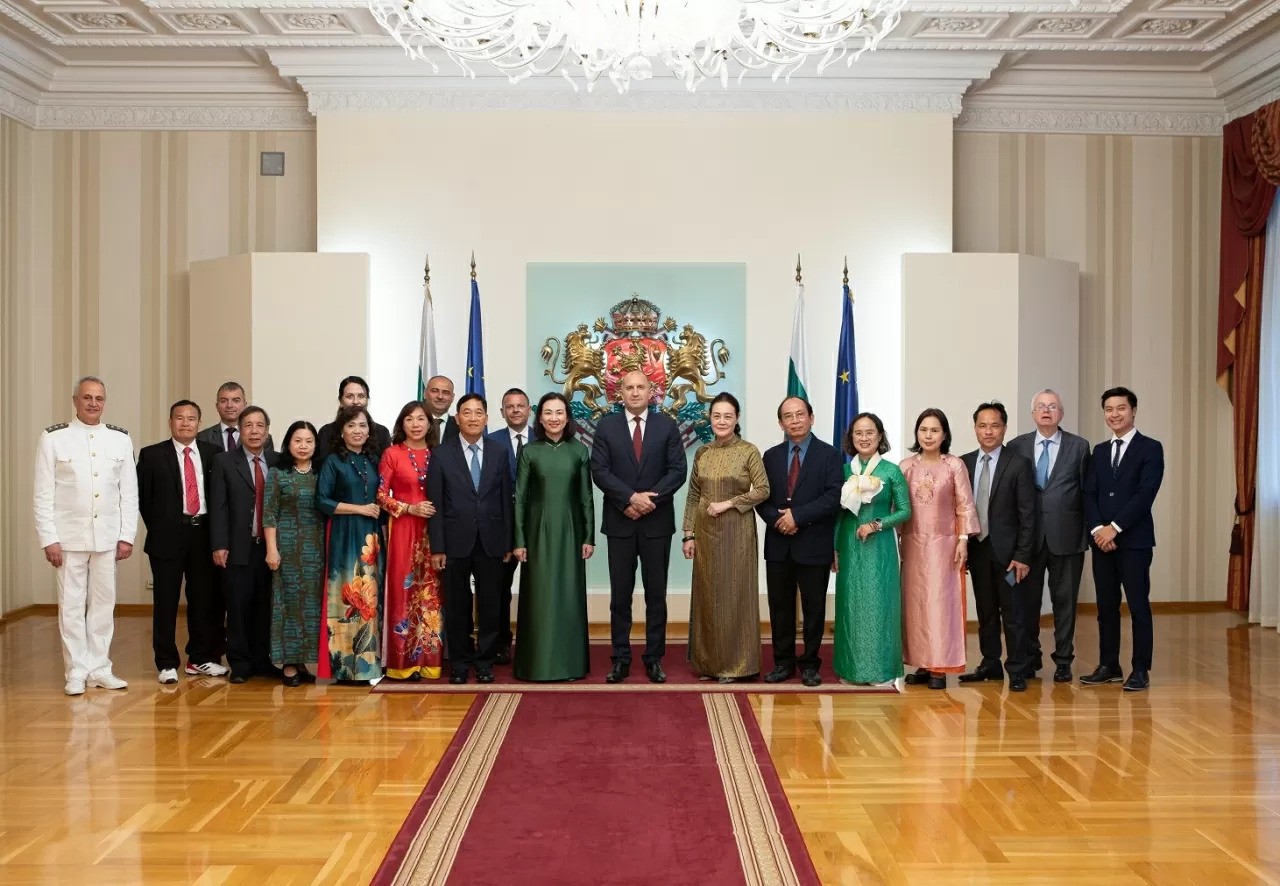 Friendship
Friendship
People-to-People Diplomacy: Sustainable Bridge of Vietnam-Bulgaria Friendship
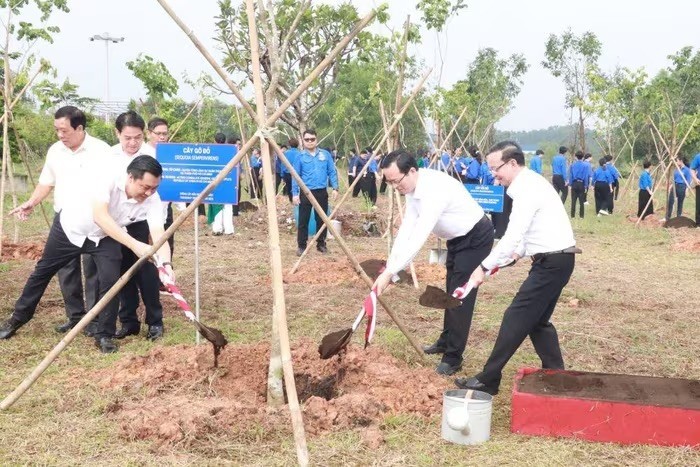 Friendship
Friendship
Binh Duong Hosts Tree Planting to Mark 75 Years of Vietnam-China Diplomatic Ties
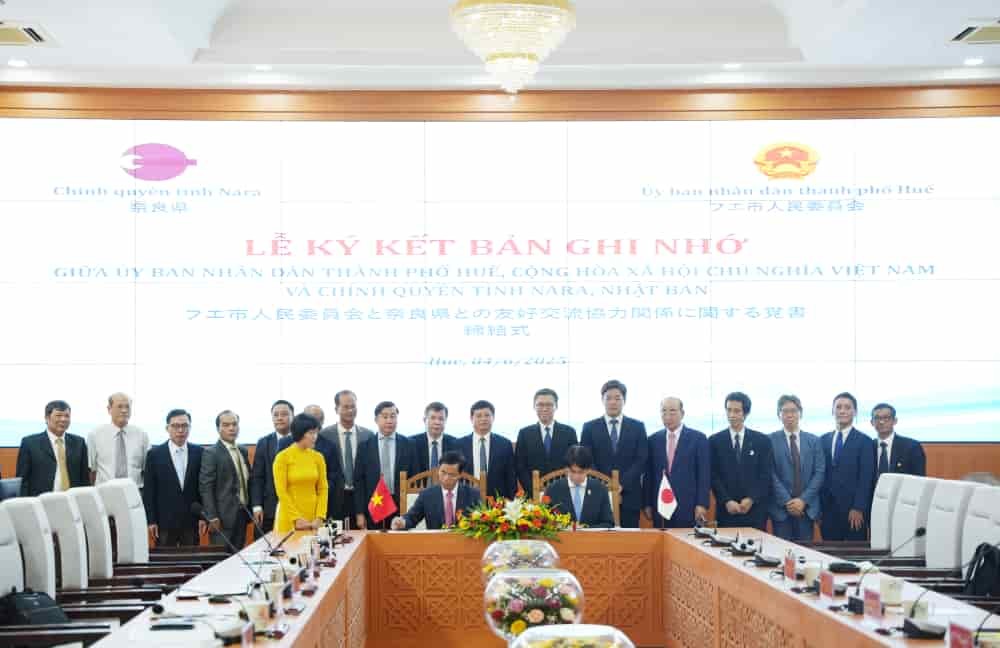 Friendship
Friendship
Hue, Nara Prefecture (Japan) Cooperate to Promote Cultural Heritage Values
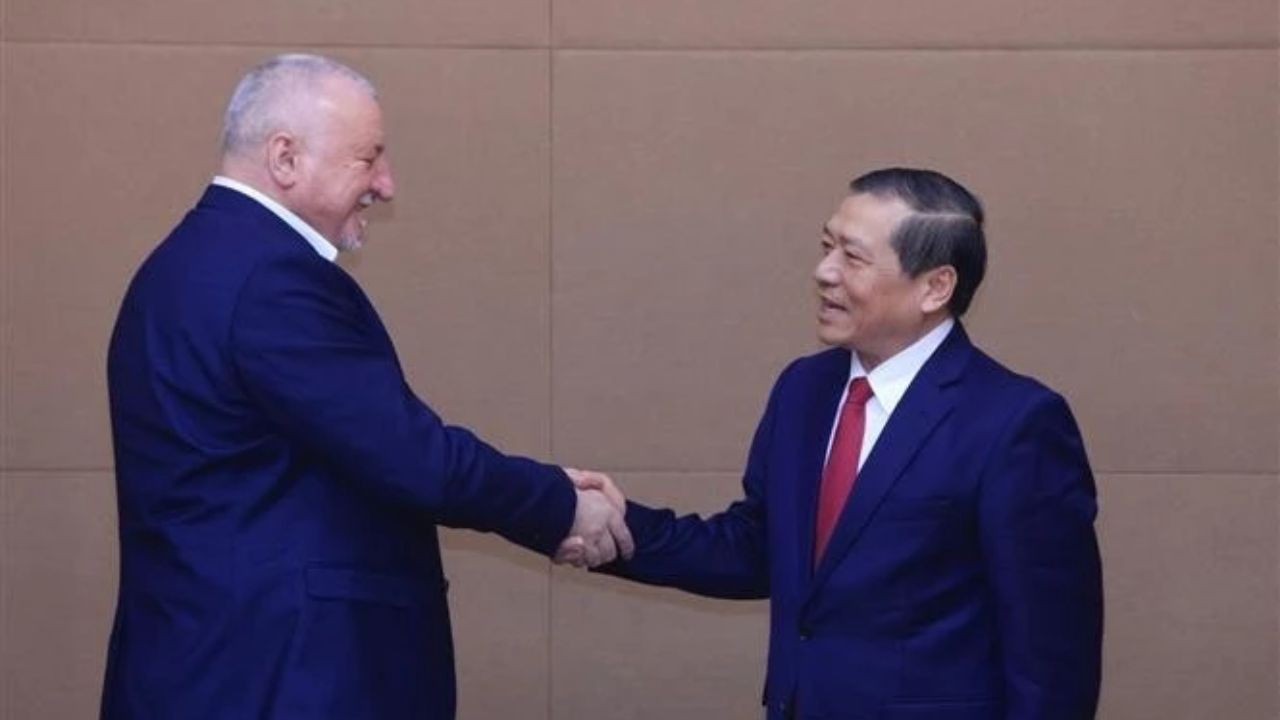 Friendship
Friendship
Strengthening Vietnam-Hungary Friendship
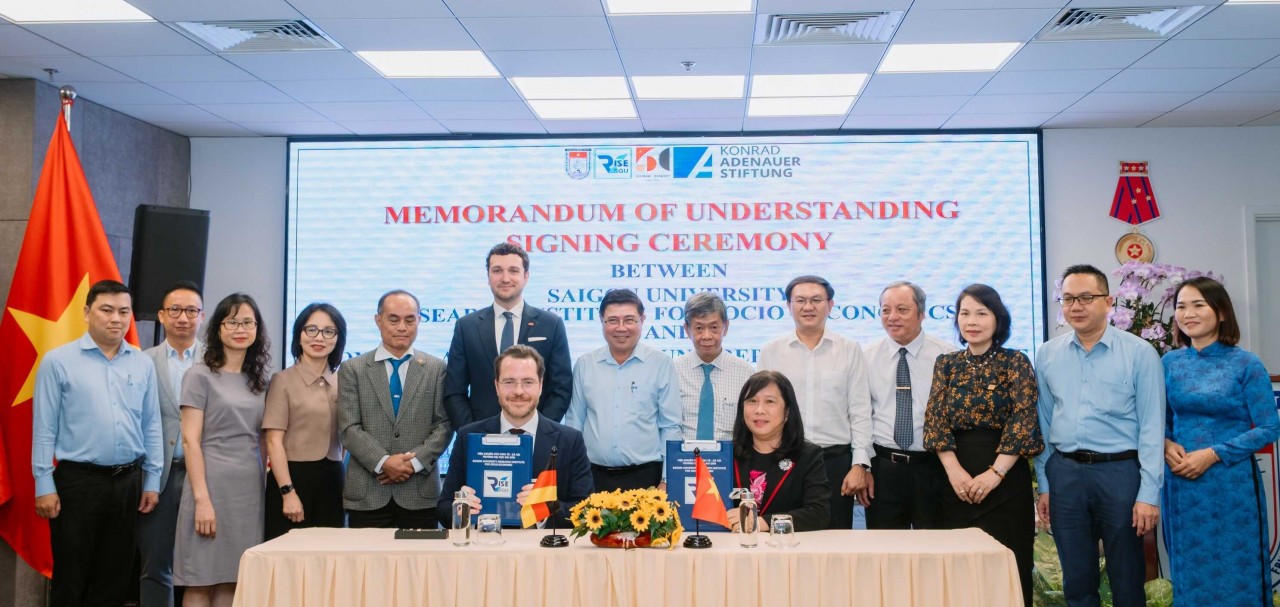 Friendship
Friendship
Another Vietnamese University Partners with Germany’s Konrad Adenauer Stiftung
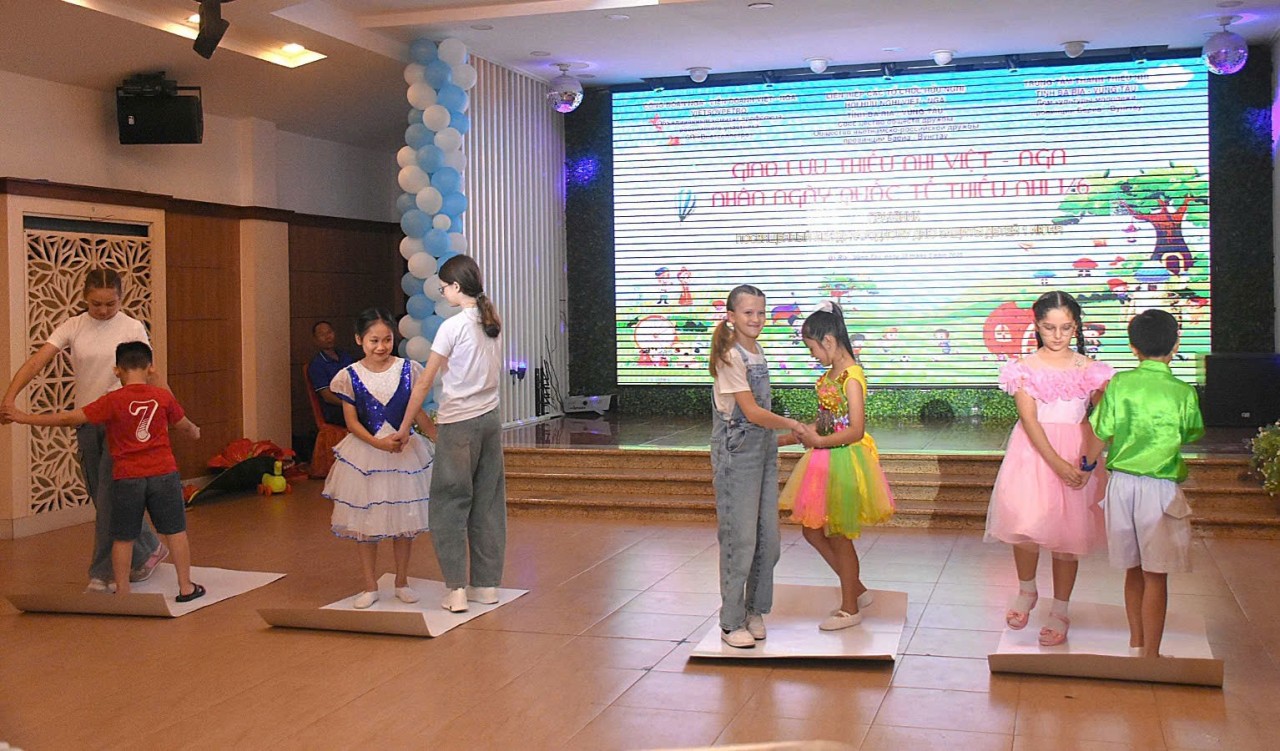 Friendship
Friendship
Over 200 Vietnamese and Russian Children Join “Red Scarf Of Friendship”
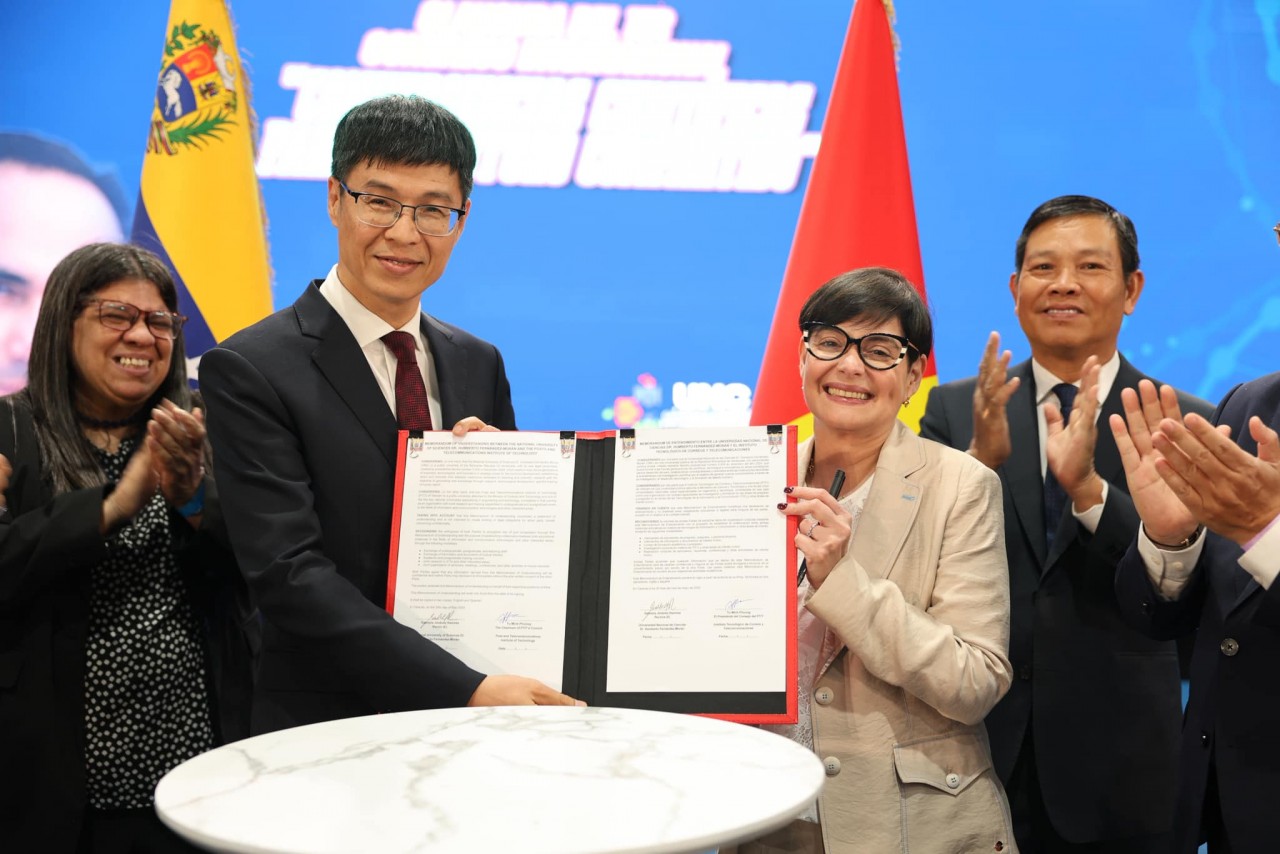 Friendship
Friendship
Venezuela Seeks Vietnam’s Expertise in Science and Technology
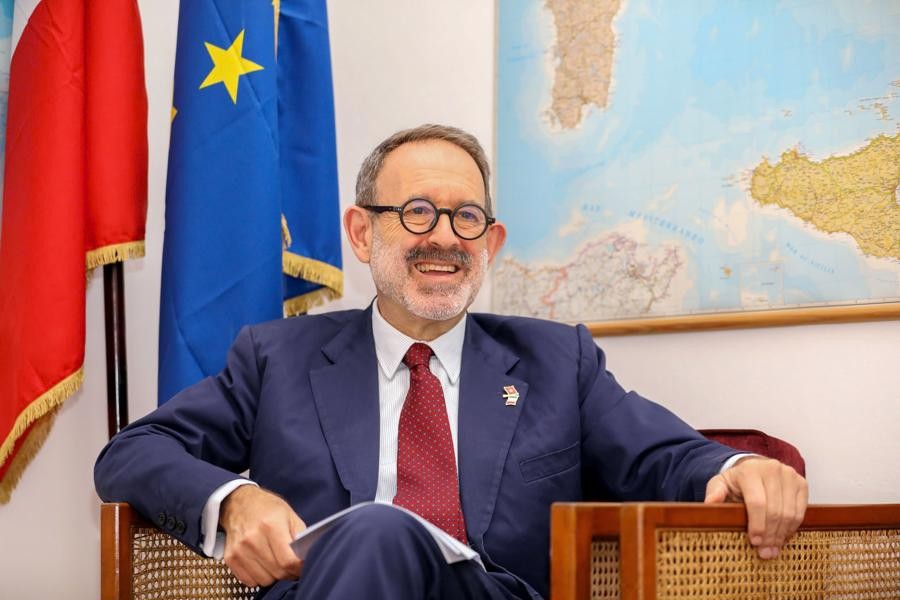 Friendship
Friendship
